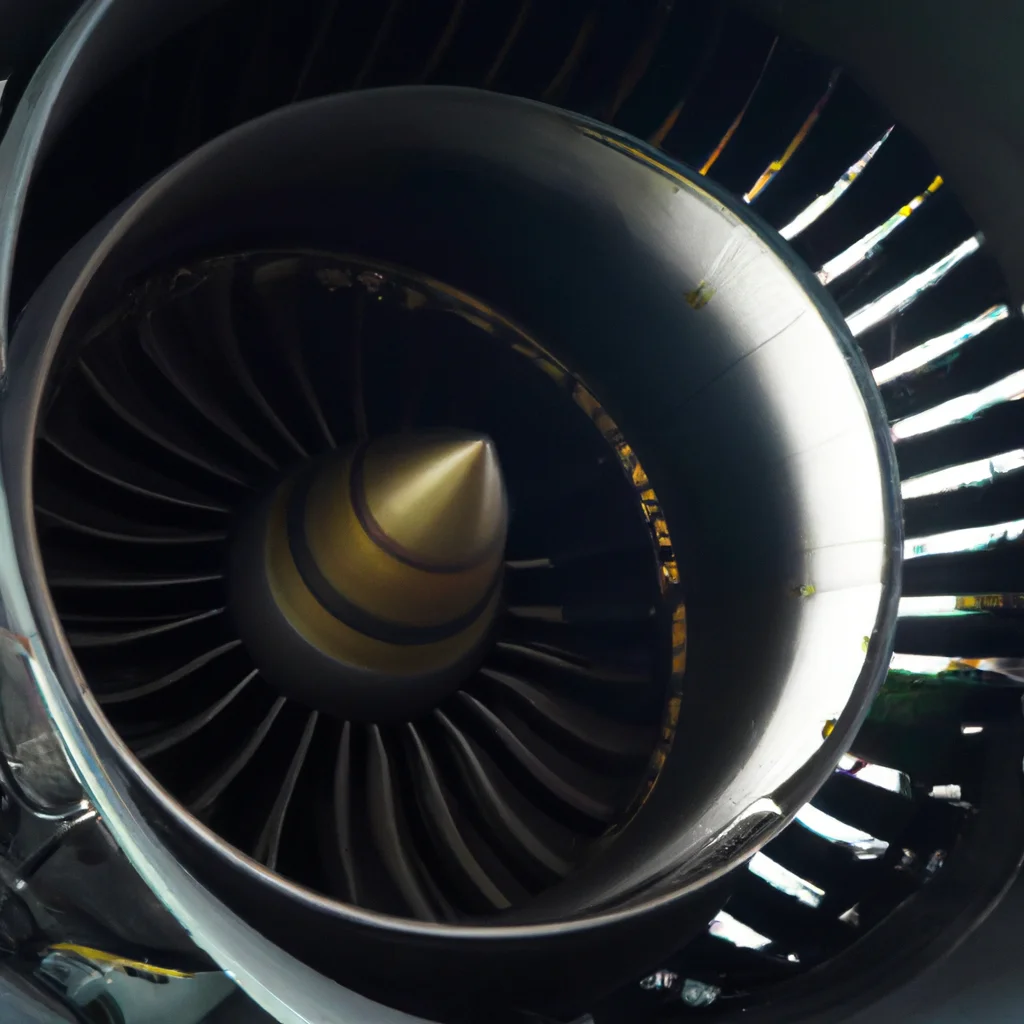How does a jet engine work?


How does a jet engine work?
A jet engine is a type of gas turbine engine used in aircraft propulsion. It works by taking in air, compressing it, mixing it with fuel, burning it in a combustion chamber, and then expelling the exhaust gases out the back of the engine at high speed to create thrust. In this article, we’ll dive into the details of how a jet engine works, exploring each step in the process and delving into the principles of aerospace engineering that make it all possible.
How It Works: The Basics
At its core, a jet engine is a type of gas turbine engine. This means that it uses the principles of thermodynamics to convert the energy stored in a fuel source into mechanical energy that can be used to power an aircraft. The basic components of a jet engine include:
- An inlet, which takes in air from the surrounding environment
- A compressor, which pressurizes the air to increase its density
- A combustion chamber, where fuel is mixed with the compressed air and burned
- A turbine, which extracts energy from the hot, expanding gases produced by the combustion process
- An exhaust nozzle, which expels the exhaust gases out the back of the engine to create thrust
The Inlet
The first step in the process of a jet engine is to take in air from the surrounding environment. This air is typically at a relatively low pressure and temperature, so the engine needs to compress it in order to make it more suitable for combustion. The inlet is designed to do this by using a series of blades to slow down the incoming air and increase its pressure.
The Compressor
Once the air has been slowed down by the inlet, it moves through the compressor. The compressor is essentially a series of rotating blades that squeeze the air together, increasing its density and pressure. This compressed air is then fed into the combustion chamber.
The Combustion Chamber
The combustion chamber is where the magic happens. Fuel is injected into the compressed air, and the mixture is ignited to create a controlled explosion. This explosion produces a high-temperature, high-pressure stream of gases that are directed towards the turbine.
The Turbine
The turbine is a series of blades that are designed to extract energy from the hot, expanding gases produced by the combustion process. As the gases flow over the turbine blades, they cause them to spin. This spinning motion is used to power the compressor and other engine components.
The Exhaust Nozzle
Finally, the exhaust gases flow out the back of the engine through the exhaust nozzle. This nozzle is designed to accelerate the gases to a high velocity, creating a thrust force that propels the aircraft forward. The shape and size of the nozzle are carefully engineered to maximize the efficiency of this process.
Aerospace Engineering Principles
The design and operation of a jet engine rely on a variety of principles from aerospace engineering. For example, the compressor and turbine blades are carefully shaped and positioned to optimize airflow and minimize turbulence. The combustion process is carefully controlled to ensure that the temperature and pressure are within safe limits. And the entire engine is designed to be as lightweight and efficient as possible, using advanced materials and manufacturing techniques to reduce weight and increase durability.
Conclusion
In conclusion, a jet engine is a complex piece of machinery that relies on a variety of principles from aerospace engineering to function. From the inlet to the exhaust nozzle, each component is carefully designed and optimized to create the thrust needed to propel an aircraft forward. By understanding how a jet engine works, we can gain a deeper appreciation for the incredible engineering that goes into modern aviation.
Recent Posts
How do I create an engaging and informative online quiz or assessment?
Creating an engaging and informative online quiz or assessment can be a powerful tool for… Read More
What are the most effective methods for managing and reducing work-related stress in the hospitality industry?
Work-related stress is a common issue in the hospitality industry, where employees often face long… Read More
How can I improve my assertiveness and communication skills in a leadership position?
In a leadership position, assertiveness and effective communication skills are crucial for success. Being able… Read More
What are the key elements of a successful employee recognition and rewards program?
Employee recognition and rewards programs play a crucial role in motivating and engaging employees, as… Read More
How do I effectively manage and respond to customer feedback and reviews?
Customer feedback and online reviews play a crucial role in shaping a company's reputation and… Read More
What are the best strategies for effective time management as a stay-at-home parent?
Effective time management is crucial for stay-at-home parents who juggle multiple responsibilities on a daily… Read More